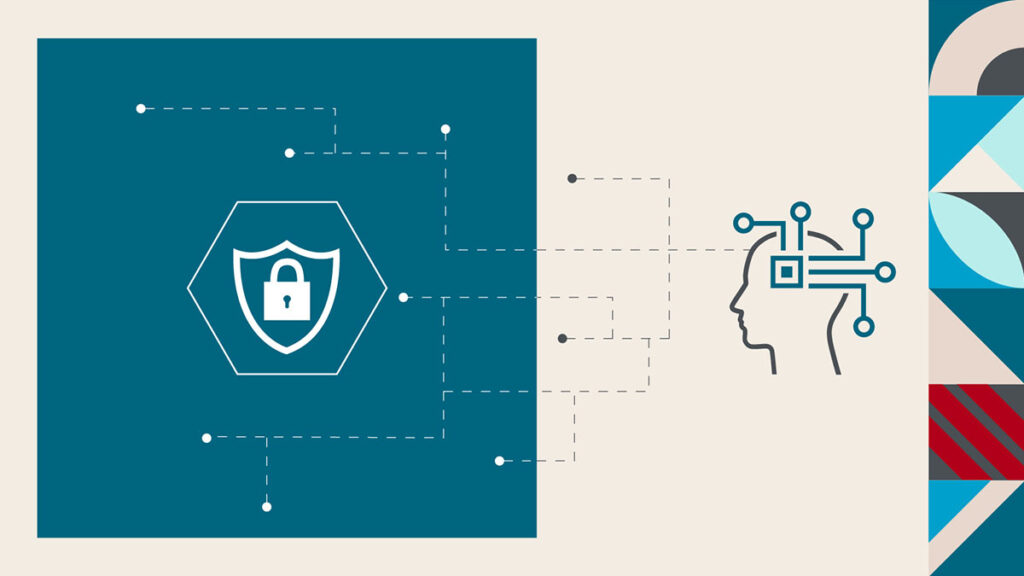Is it possible – or even recommended – to bolster API security with AI? In today’s interconnected digital landscape, APIs (Application Programming Interfaces) serve as the backbone of modern applications, enabling seamless communication and data exchange between diverse software systems.
But with the proliferation of APIs, the attack surface for cyber threats has expanded significantly, making security a paramount concern for organizations. In a brand-new survey of IT and business decision-makers, monitoring all APIs for compliance, anomalies, or attacks was identified as one of the top 3 API governance challenges.
See also: Is it time to reconsider your API security approach?
This is where Artificial Intelligence (AI) comes into play, offering cutting-edge solutions to fortify API security and safeguard sensitive data. Here are some of the ways you can enhance API security with AI.
Understanding API security challenges
APIs are pivotal in exposing functionalities and data to external and internal applications, making them prime targets for cyberattacks.
Common API security challenges include:
- Authentication and authorization: Ensuring that only authorized users and applications can access the API.
- Data exposure: Preventing sensitive data from being exposed through API endpoints.
- Injection attacks: Mitigating threats such as SQL injection, where malicious inputs are used to manipulate backend databases.
- Denial of Service (DoS) attacks: Protecting APIs from being overwhelmed by a flood of requests, which can disrupt service availability.
- Insufficient monitoring: Lacking comprehensive monitoring tools to detect and respond to suspicious activities in real-time.
See also OWASP Top 10 API Security Risks: how to secure APIs in 2024
Traditional security measures often fall short in addressing these dynamic and evolving threats. AI, with its ability to analyze vast amounts of data and detect patterns, provides a robust solution to these challenges.
AI-powered threat detection
AI enhances threat detection by employing machine learning algorithms to analyze API traffic and identify anomalies.
Unlike traditional rule-based systems, AI can learn from historical data and adapt to new and emerging threats.
Here’s how AI bolsters threat detection:
- Anomaly detection: AI models can establish a baseline of normal API behavior and detect deviations that may indicate a potential security threat. For instance, a sudden spike in requests from a single IP address could signal a DoS attack.
- Pattern recognition: AI can recognize patterns associated with known attack vectors, such as SQL injection or cross-site scripting (XSS), and flag these in real-time.
- Behavioral analysis: By analyzing the behavior of users and applications interacting with the API, AI can identify unusual activities that may indicate credential stuffing or other malicious actions.
Automated response and mitigation
AI doesn’t just stop at detection; it also plays a crucial role in responding to and mitigating threats.
Automated response mechanisms powered by AI can:
- Real-time blocking: Automatically block suspicious IP addresses or users attempting malicious activities.
- Rate limiting: Dynamically adjust rate limits for API requests based on detected threat levels, preventing abuse and DoS attacks.
- Incident response: Trigger alerts and initiate predefined incident response protocols to contain and remediate security incidents swiftly.
Enhanced authentication and authorization
AI can significantly improve the authentication and authorization processes, which are critical for API security.
By incorporating AI-driven techniques, organizations can enable:
- Adaptive authentication: Implement risk-based authentication that adjusts the level of scrutiny based on the user’s behavior and context. For example, additional verification steps can be triggered if a user attempts to access the API from an unfamiliar location or device.
- Behavioral biometrics: Use AI to analyze user behaviors, such as typing patterns or mouse movements, to continuously authenticate users beyond traditional credentials.
- Contextual access control: Leverage AI to make real-time access control decisions based on contextual information, such as the user’s role, location, and the sensitivity of the requested data.
Comprehensive API monitoring
Effective API security requires continuous monitoring and visibility into API activities. AI enhances monitoring capabilities by:
- Predictive analytics: Using historical data to predict potential security incidents and proactively address vulnerabilities.
- Log analysis: Analyzing API logs in real-time to detect suspicious activities and generate actionable insights.
- Threat intelligence integration: Integrating with threat intelligence feeds to stay updated on the latest threats and adjust security measures accordingly.
Cautiously leveraging AI can help bolster API security
As APIs continue to drive digital transformation, ensuring their security is more critical than ever. Just look to the latest report on the state of enterprise API maturity cited earlier:
- 74% of decision-makers report that more than 20% of their organization’s APIs are unmanaged.
- 87% recognize that blind spots such as ‘Zombie’ and ‘Shadow’ APIs are key security threats.
Artificial intelligence offers a powerful ally in the endeavor to secure your APIs, offering tools for advanced threat detection, automated response, enhanced authentication, and comprehensive monitoring.
By integrating AI into API security strategies, organizations can not only protect their APIs from evolving threats, but also build a robust foundation for secure and resilient digital ecosystems.
Embracing AI-driven API security is not just a technological upgrade; it’s a strategic imperative in safeguarding the future of digital innovation.
Discover more blogs from my series on AI + APIs here.
